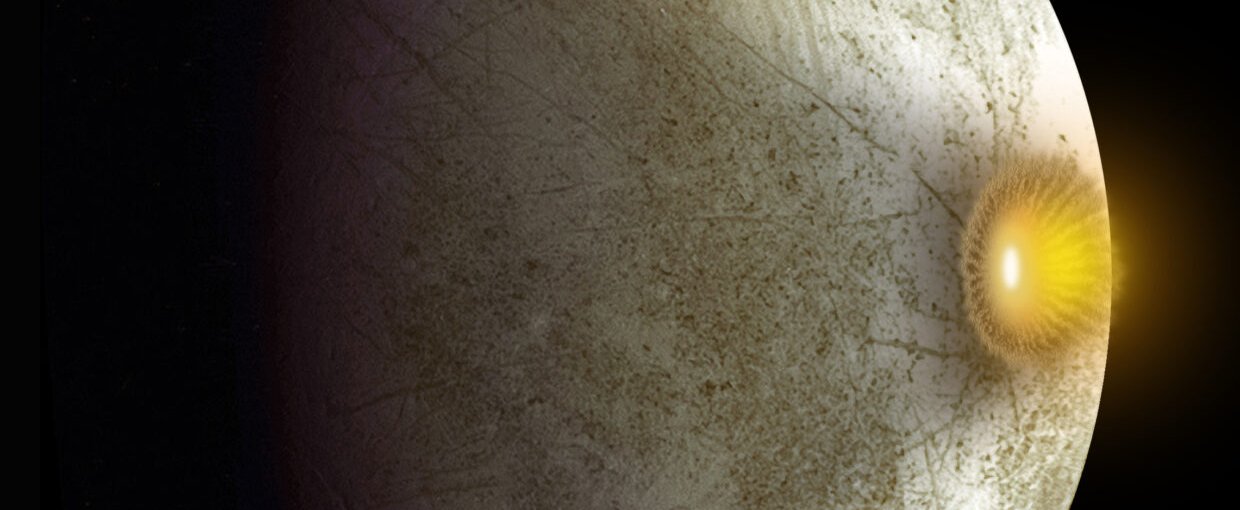Posted byAaron Gronstal

NASA-supported researchers have shown that impacts on Europa could deliver important ingredients for the origin of life as we know into the moon’s subsurface ocean, even when the impacts don’t punch all of the way through Europa’s icy shell.
The team of researchers performed simulations to better understand the deformation of Europa’s ice following an impact event. Impact melts persist after impact before they re-freeze, and if the cavity of melted ice exceeds a depth that is half of the ice shell thickness, then the melts are able to drain into the ocean. The process can take time, and drainage could take place over 10,000 to 100,000 years. The findings could have important implications for the habitability of icy ocean worlds.
Click here to read a press release from the University of Texas.
The study, “Surface-To-Ocean Exchange by the Sinking of Impact Generated Melt Chambers on Europa,” was published in Geophysical Research Letters.
